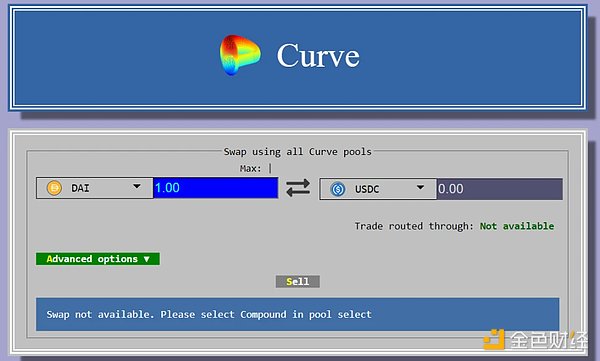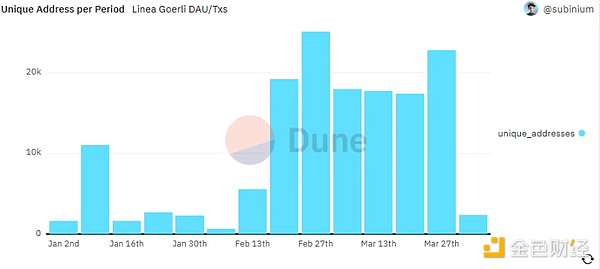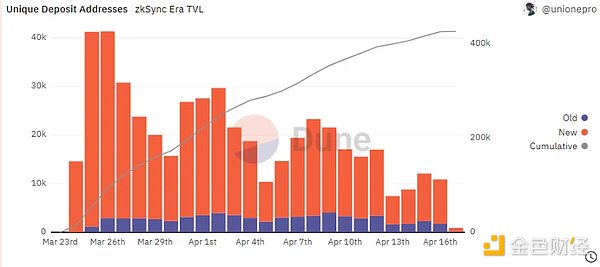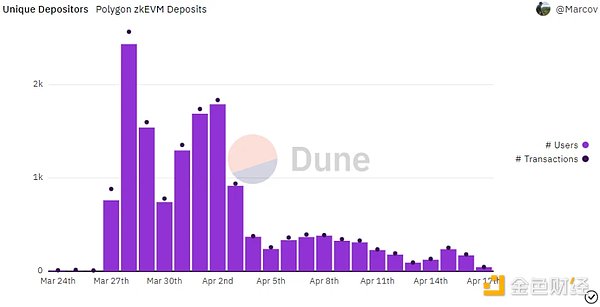Original author: Chain Debrief Translator: Huohuo
In the second half of 2022, the Layer 2 concept exploded completely. In the context of dozens of Rollup Layer 2s shining, crypto giants such as Coinbase and ConsenSys also began to participate in the competition and deploy native Layer 2 networks.
Metamask, a subsidiary of Consensys, has more than 30 million monthly active users in 2022 and has become the top Ethereum wallet, while its blockchain development platform Infura has registered more than 400,000 developers and can handle more than 8.5 billion blockchain network requests per day. Linea, a zkEVM project created by ConsenSys, will also become a strong competitor in the Ethereum Layer 2 due to its network effect.
- Vitalik at EDCON Montenegro: Opportunities and Challenges for Ethereum
- 7 metrics that prove why Polygon’s value is underestimated
- How did I find the whale address that earned 50 times in 3 days?
Currently, Linea, ConsenSys’s newly developed Layer 2 project, is launching a loyalty program called “Linea Voyage” to encourage early users to use the public testnet. However, what is Linea and what are its advantages compared to other star Layer 2 projects? Let’s start with the giant behind Linea, ConsenSys.
01 What is Consensys?
Consensys is a blockchain software company known for creating the most well-known MetaMask self-hosted wallet in the crypto industry.
Founded by Ethereum co-founder Joseph Lubin in 2014, Consensys has been dedicated to developing the Ethereum network ecosystem since 2016 and has developed many Ethereum development tools and related applications.
In addition, Consensys also provides consulting services to global enterprises such as Microsoft and Shell, helping them successfully implement blockchain solutions in their respective industries.
So far, ConsenSys has raised $726 million through multiple rounds of financing from venture capital and global investors such as Microsoft, Softbank, and Temasek. Its current valuation is $7 billion.
However, the user experience in the crypto industry is still poor, even for protocols with high TVL. Looking at the interfaces of these protocols, you will understand why general users do not want to use DeFi projects. For example, the following Curve Finance interface.

Source: Curve Finance
Good UX/UI is the foundation for ensuring that a large number of users adopt Web3. ConsenSys believes that seamless interaction is essential to ensuring “safe, error-free user interaction.”
To address the issue of fraud, MetaMask has taken measures to minimize it. They do this by helping users scan for malicious activity on websites, adding extra confirmation windows before signing transactions, and partnering with anti-phishing companies.
However, they didn’t stop there.
Additionally, with many Web2 companies entering the crypto space, they wanted to establish a resource that could be accessed anytime, anywhere. With a focus on self-service, user experience will be taken further in Web3.0.
To address this issue, ConenSys launched MetaMask Institutional (MMI) in February 2021, “serving a large number of cryptocurrency funds, market makers, and now DAOs who have been paying attention to DeFi.”
With “hundreds of organizations” joining, MMI has received positive feedback and has helped institutions track their investment portfolios and NFTs.
02 What is Linea?
Linea is one of several zkEVM solutions seeking to combine the security and performance of zkProofs with full EVM compatibility, which Consensys opened to public testnet on March 28, 2023.
Linea is designed to be highly composable, flexible, and scalable. Developers can natively integrate dApps on Linea with Consensys infrastructure and quickly join the testnet through MetaMask extensions.
When Linea launched its private testnet in early January of this year, it processed 1.5 million transactions in the first few weeks after launch.
03 Linea vs. Other Zk Layer 2s
While Ethereum’s Layer 2 scaling ecosystem is still primarily dominated by OP-rollup solutions such as Arbitrium and Optimism, several zkEVM projects have achieved key development milestones.
Matter Labs and Polygon released zkEVM Era Mainnet Alpha and zkEVM Mainnet Beta on March 24 and March 27, respectively. This was followed by Linea’s release on March 28.
While zkEVM projects have been the early runners in the short term, they are likely to compete in EVM equivalence in the long term.
In short, EVM equivalence refers to the ability of developers to easily copy and paste dApp code between EVM-equivalent rollups without significant restructuring.
On-chain analytics show a significant increase in the number of deposit addresses and transactions in the days before and after the launch of the Linea, zkSync Era, and Polygon zkEVM mainnets.
It is clear that users are bridging to their respective mainnets in hopes of receiving potential airdrops.

Linea independent deposit addresses

zkSync independent deposit addresses

Polygon independent depositors
04 Summary
With various zkEVM projects having launched or planning to launch their respective mainnets in 2023, the battle for Ethereum’s scalability is heating up.
However, it should be noted that zkEVM technology is still in its early stages.
There are still some areas of concern in the development of zkEVM, particularly in its hardware design, decentralized sequencer, and token economics.
Nevertheless, this is still a very tense moment for zkEVM projects as they not only compete with each other but also seek to dominate the market share and leadership from their optimistic rollup peers.
Like what you're reading? Subscribe to our top stories.
We will continue to update Gambling Chain; if you have any questions or suggestions, please contact us!